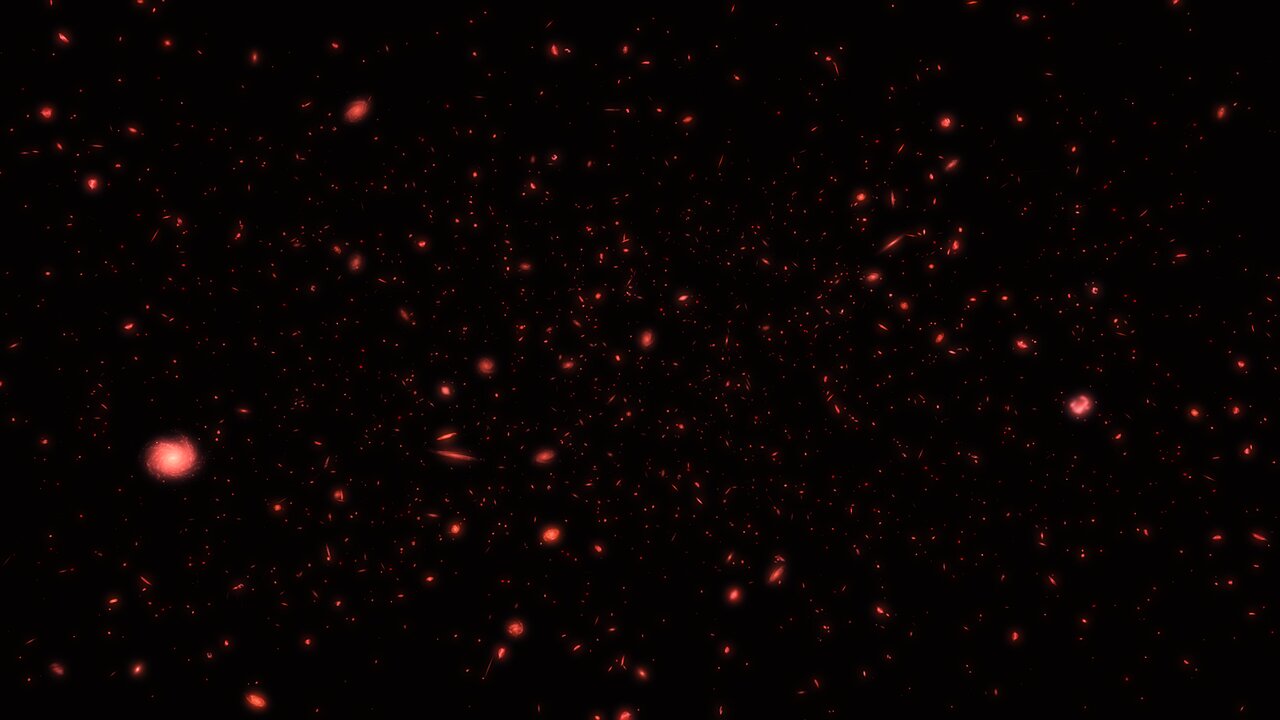
A team from UT Austin has renewed a proposal for a liquid-mirror telescope on the Moon that could study the first stars in the Universe.
Continue reading
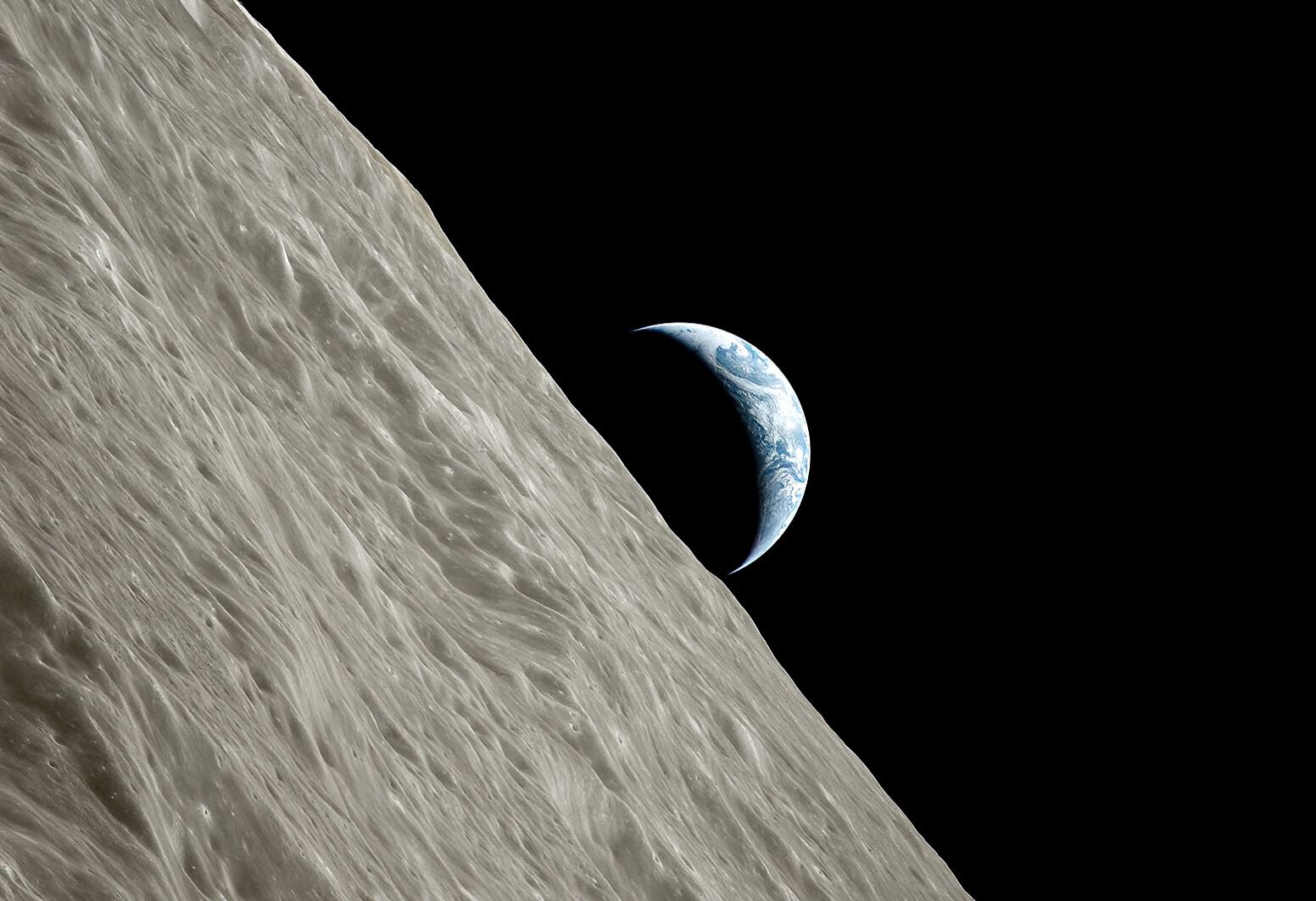
According to NASA, an object detected between the Earth and Moon could actually be the spent stage of a rocket booster from the early Space Age.
Continue reading
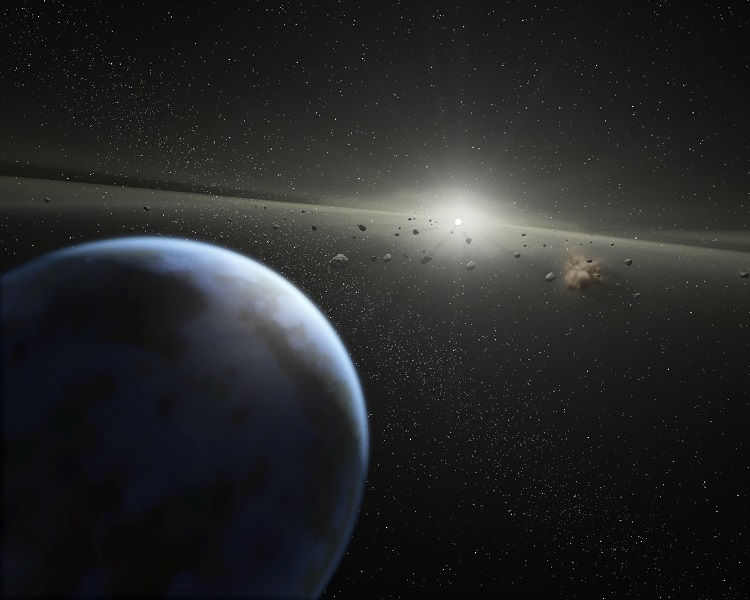
Continue reading
Continue reading
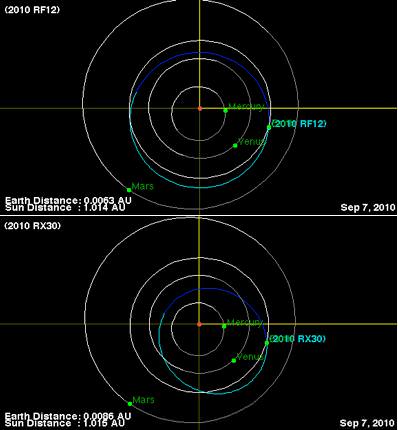
Some of the oldest stars in our galaxy have orbits similar to the Sun, and we don't know why
Continue reading
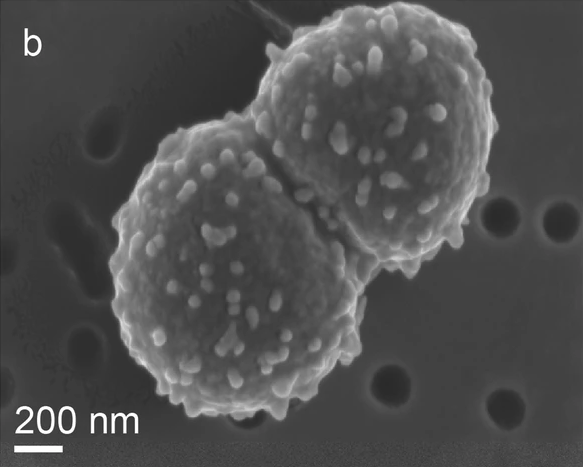
Continue reading

Continue reading
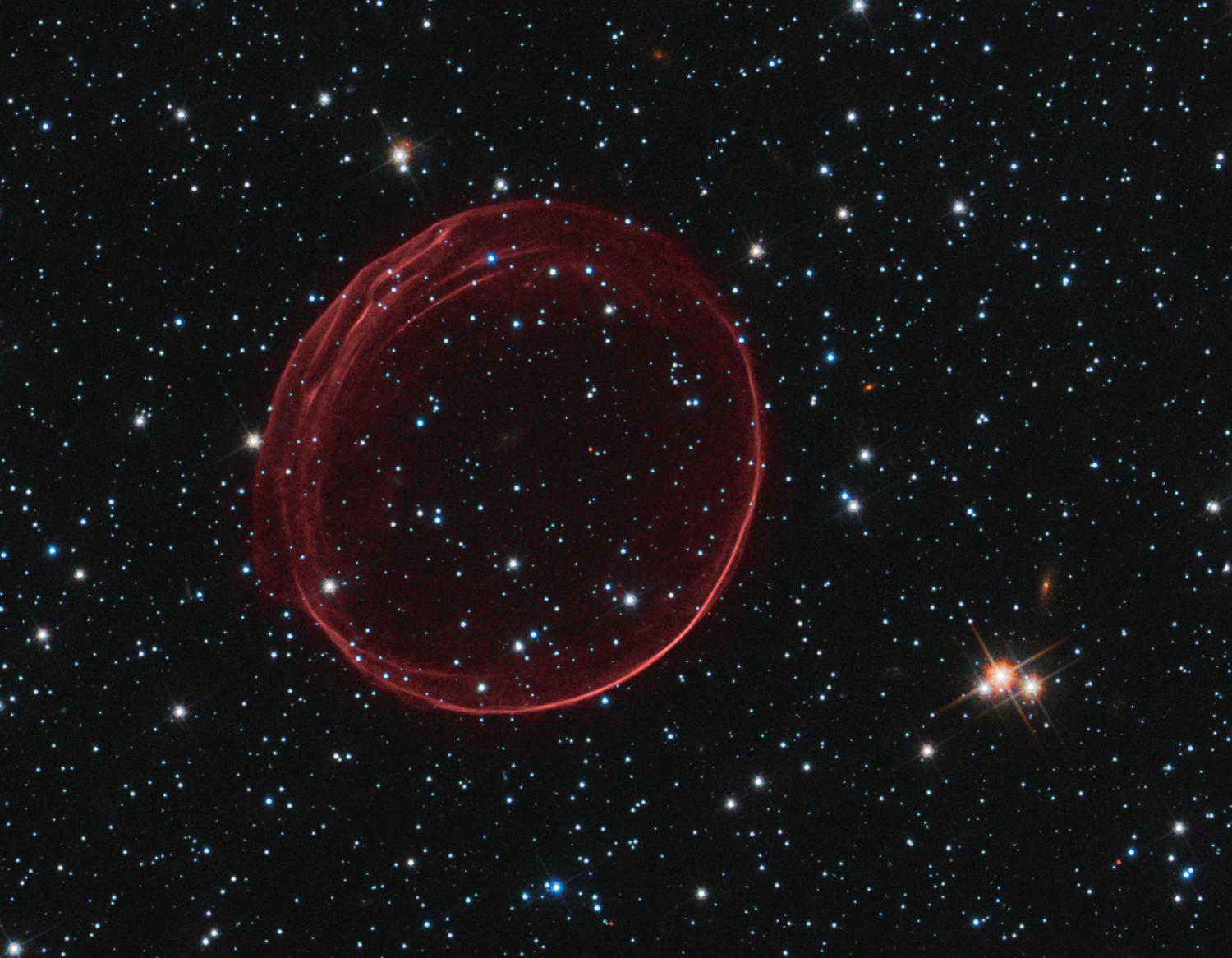
A new study by CU Boulder geoscientist Robert Brakenridge shows how nearby supernovae could have disrupted Earth's climate in the past
Continue reading
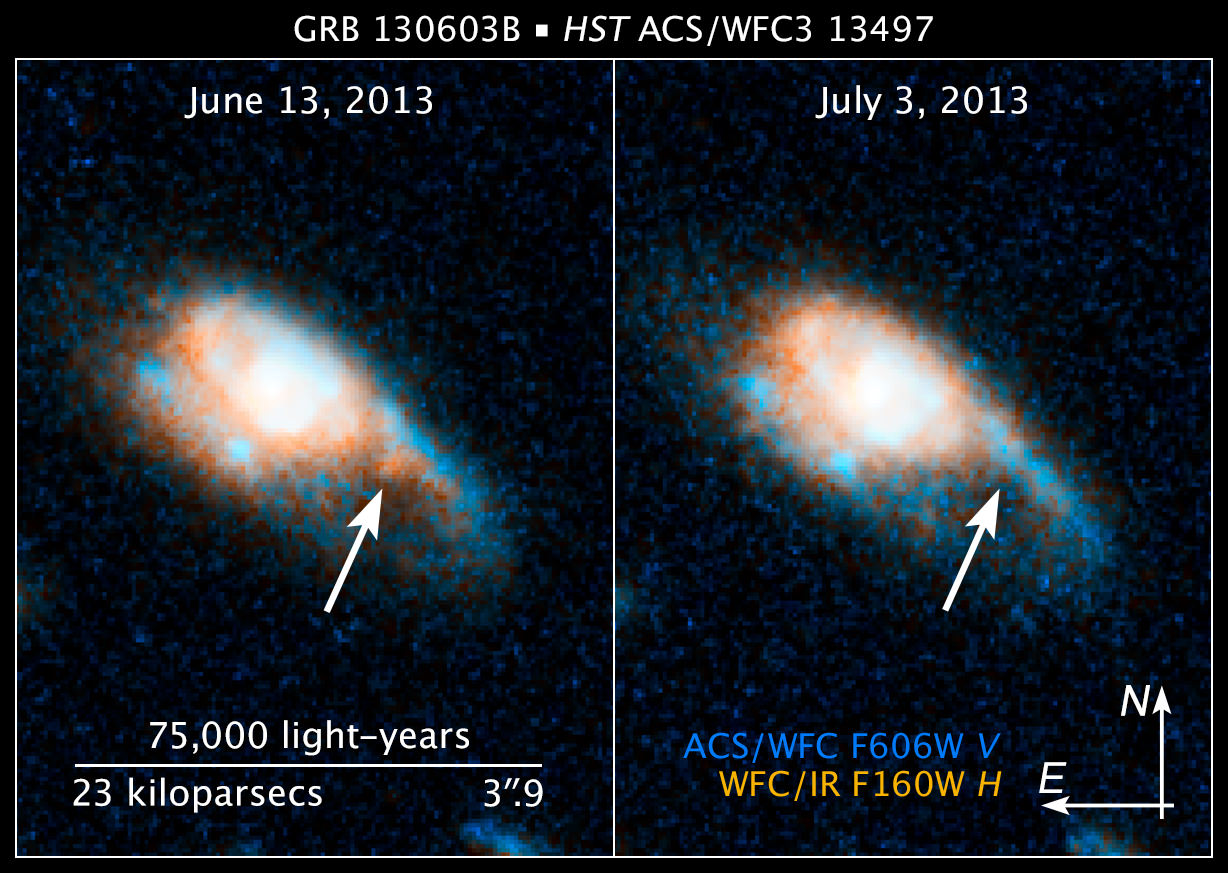
Astronomers have seen how two neutron stars created the brightest kilonova ever observed.
Continue reading
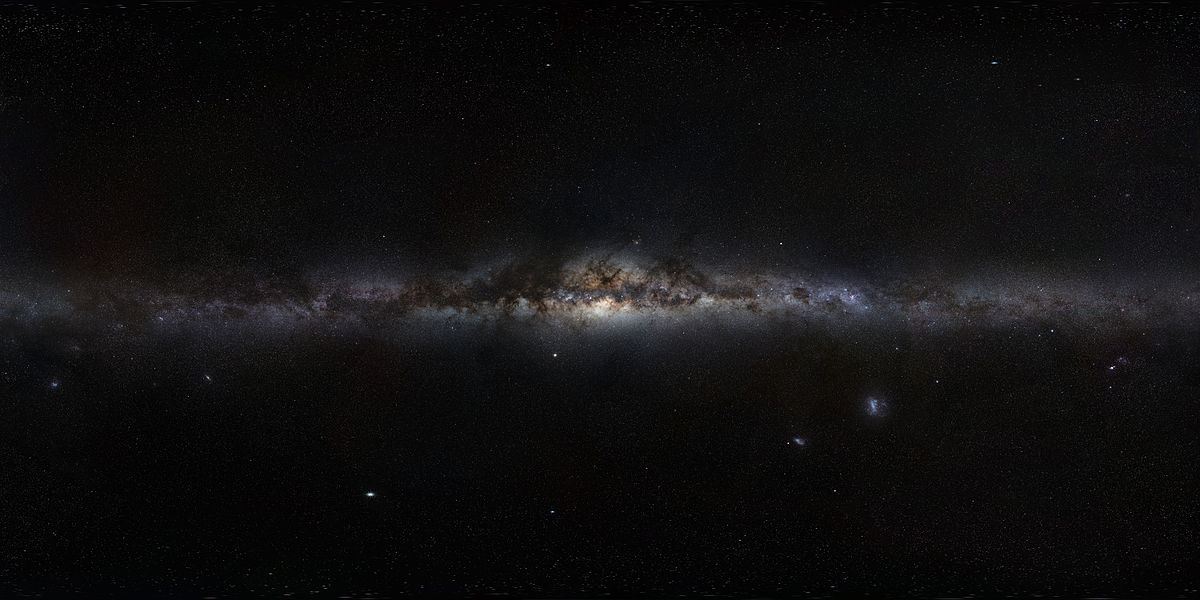
Continue reading
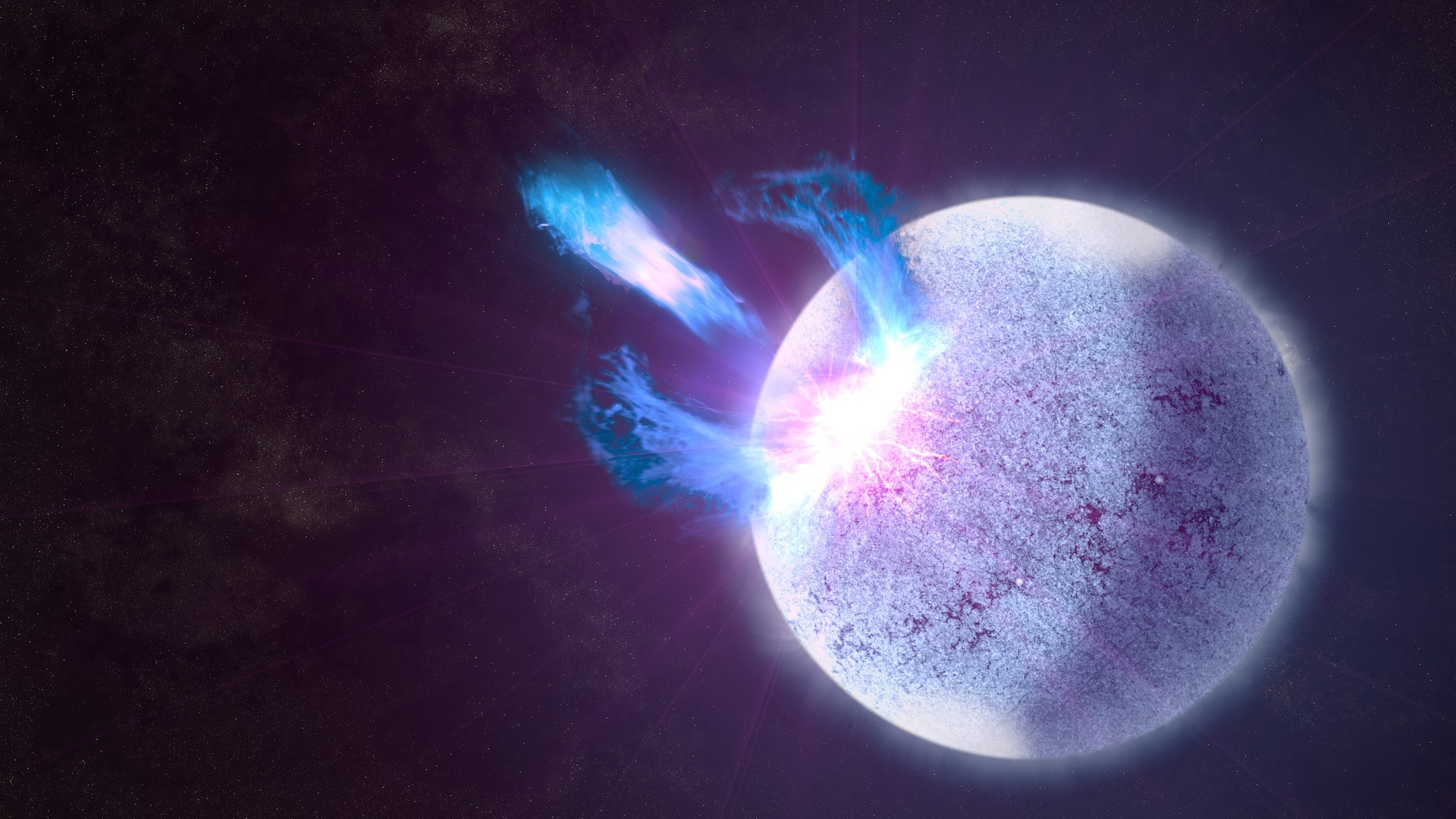
Continue reading
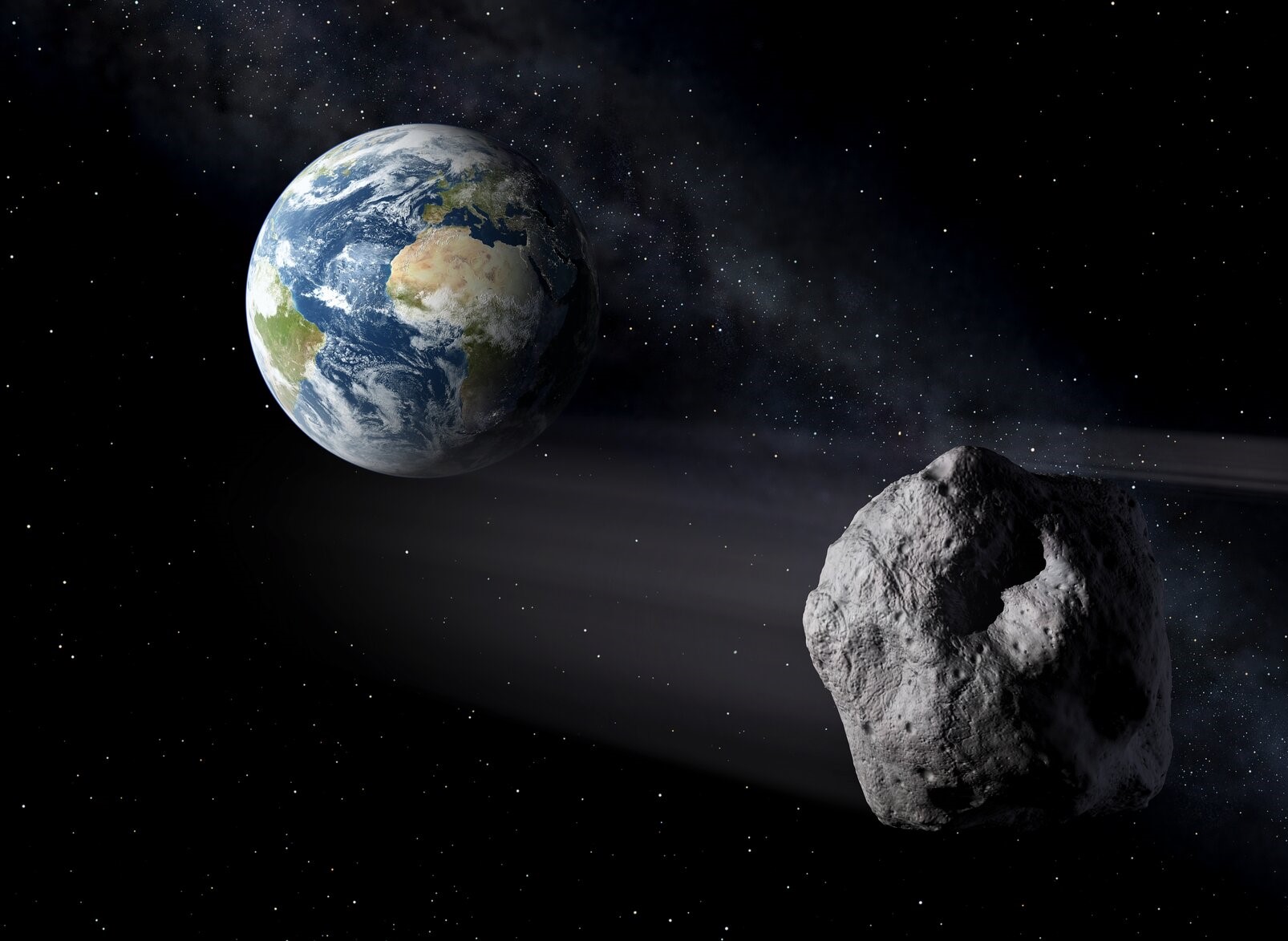
Wow. A low-flying space rock set a record last Friday (appropriately, the 13th), when 2020 VT4 passed just under 400 kilometers (250 miles) over the Southern Pacific.
Continue reading
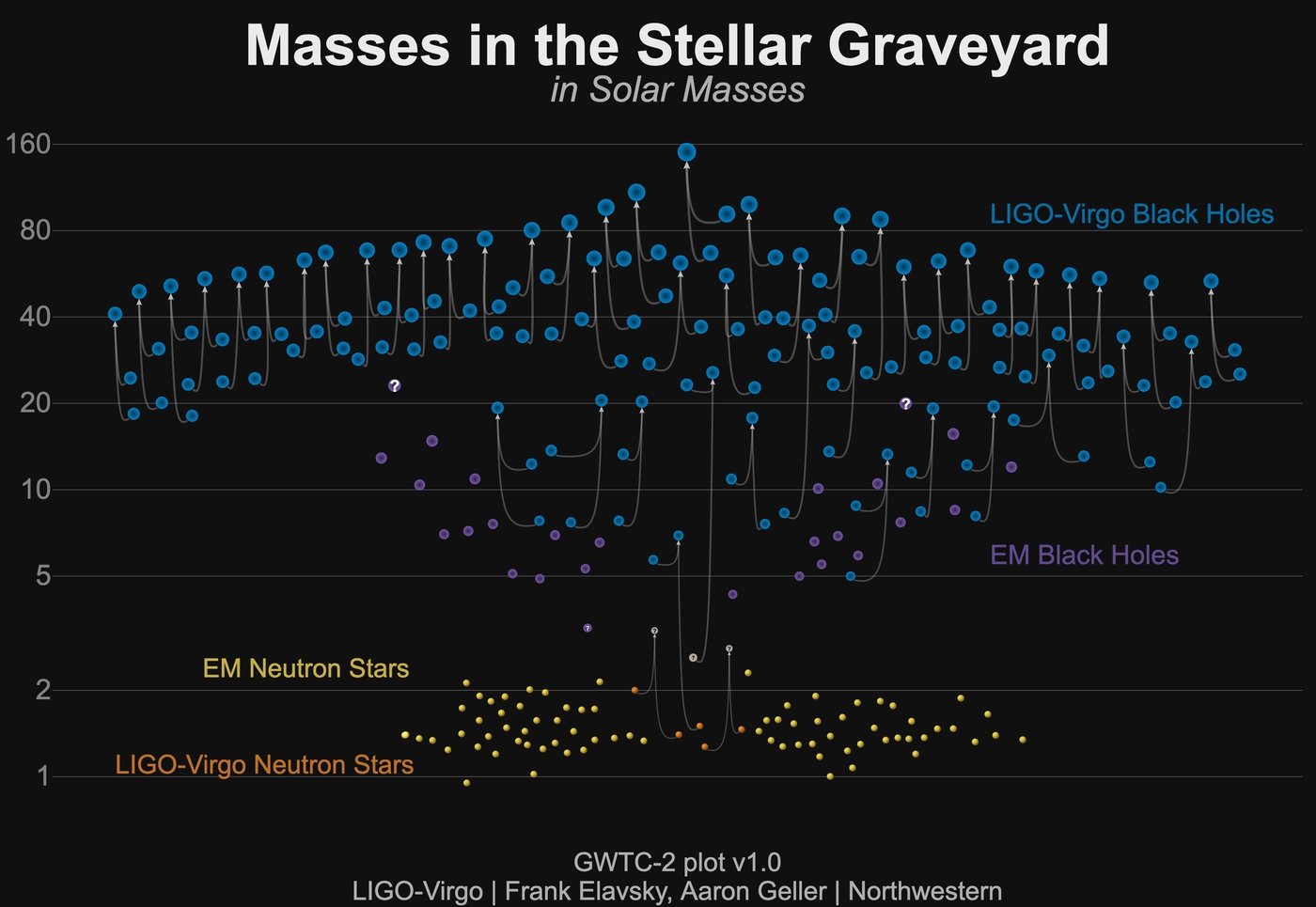
Continue reading
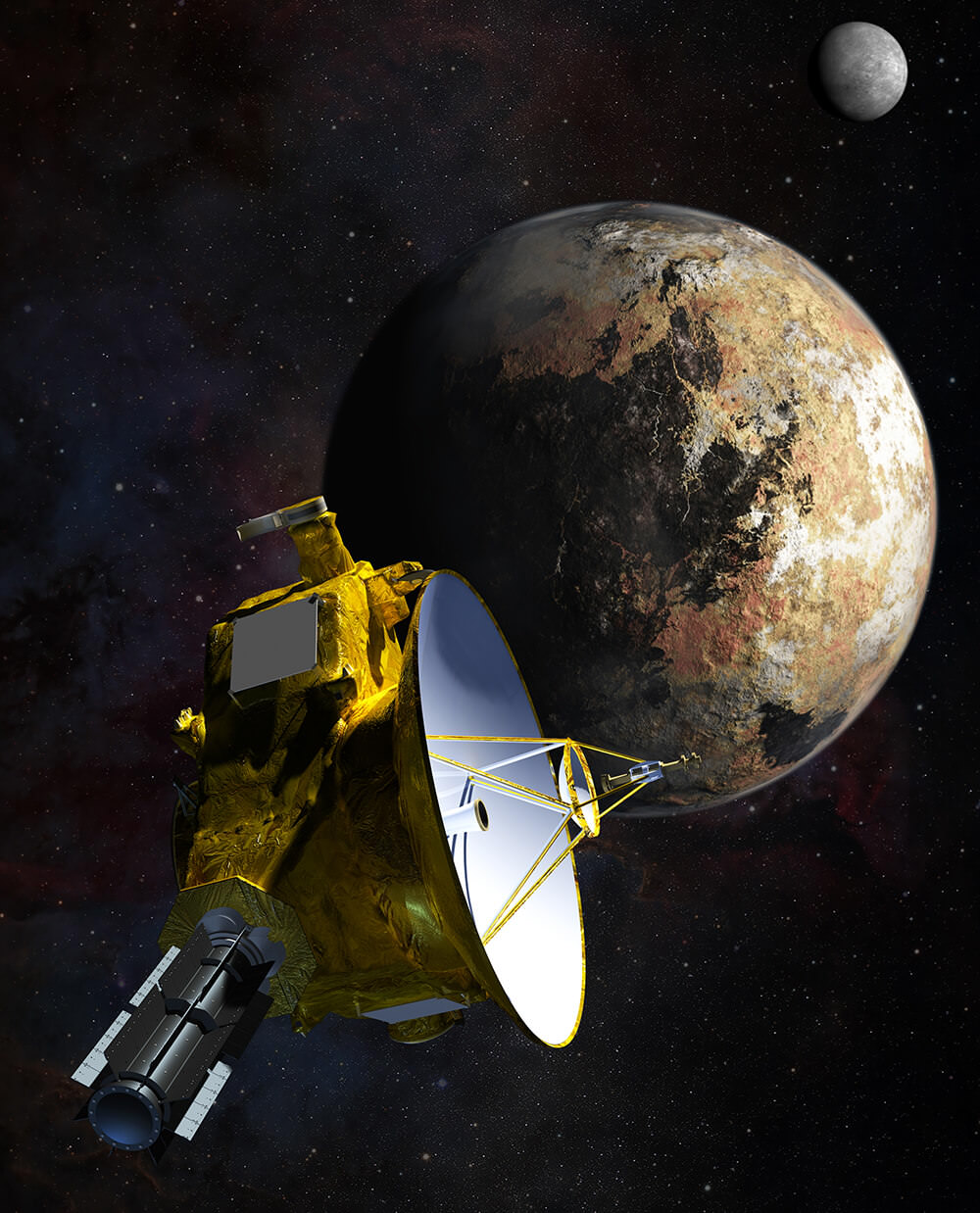
A new study based on New Horizons data has conducted the most accurate measurements of the Universe's background light to date.
Continue reading
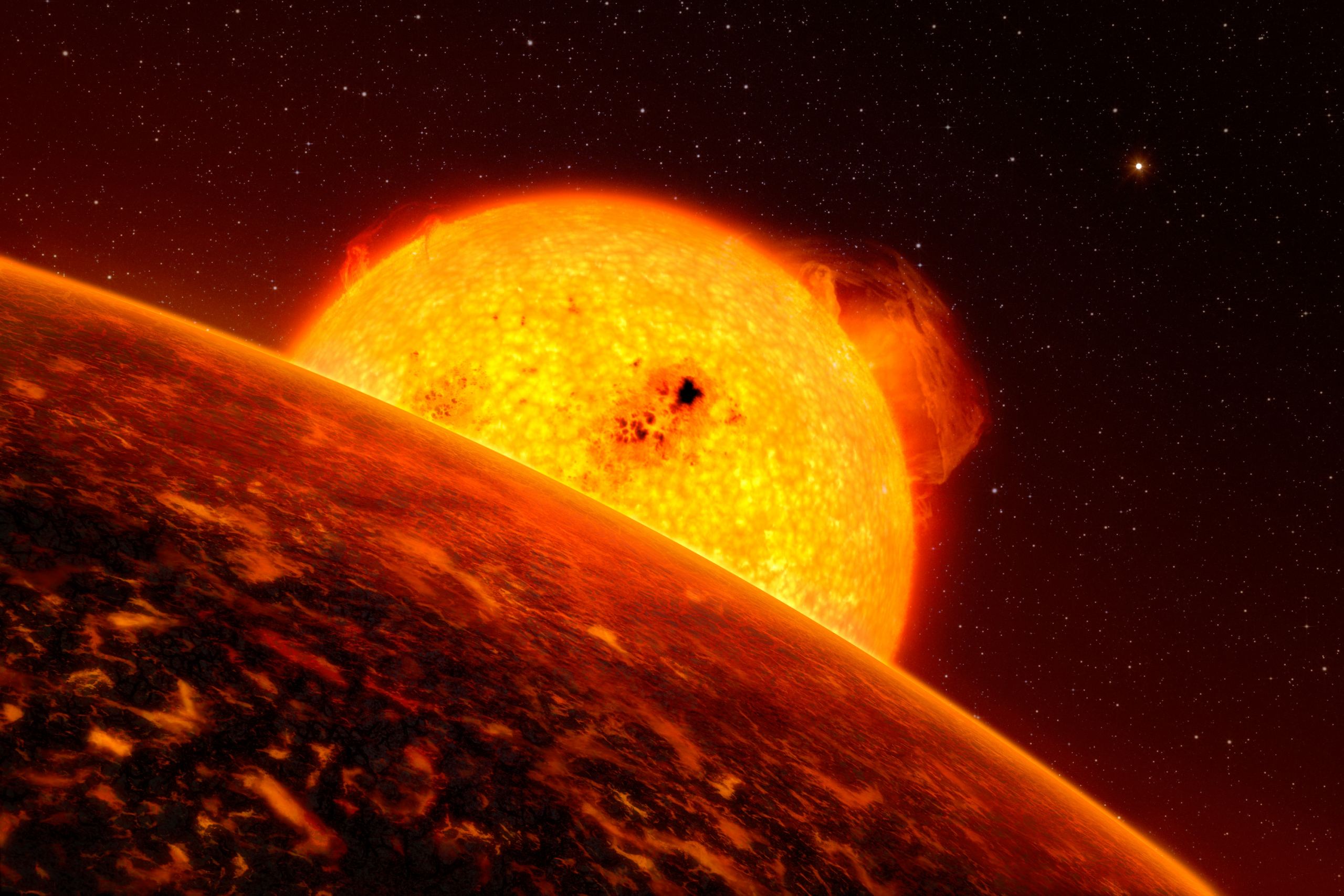
Continue reading
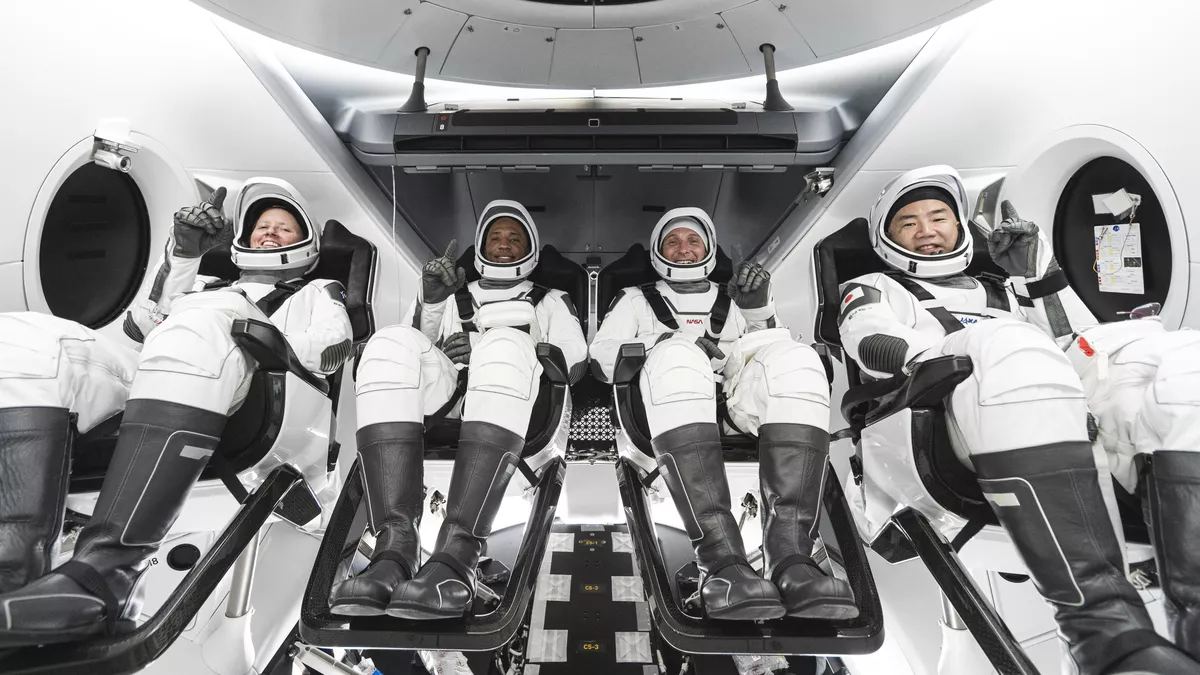
NASA and SpaceX have once again made history with the flight of the Crew-1 (Resilience) to the ISS, the first operational crew mission since the Space Shuttle was retired!
Continue reading
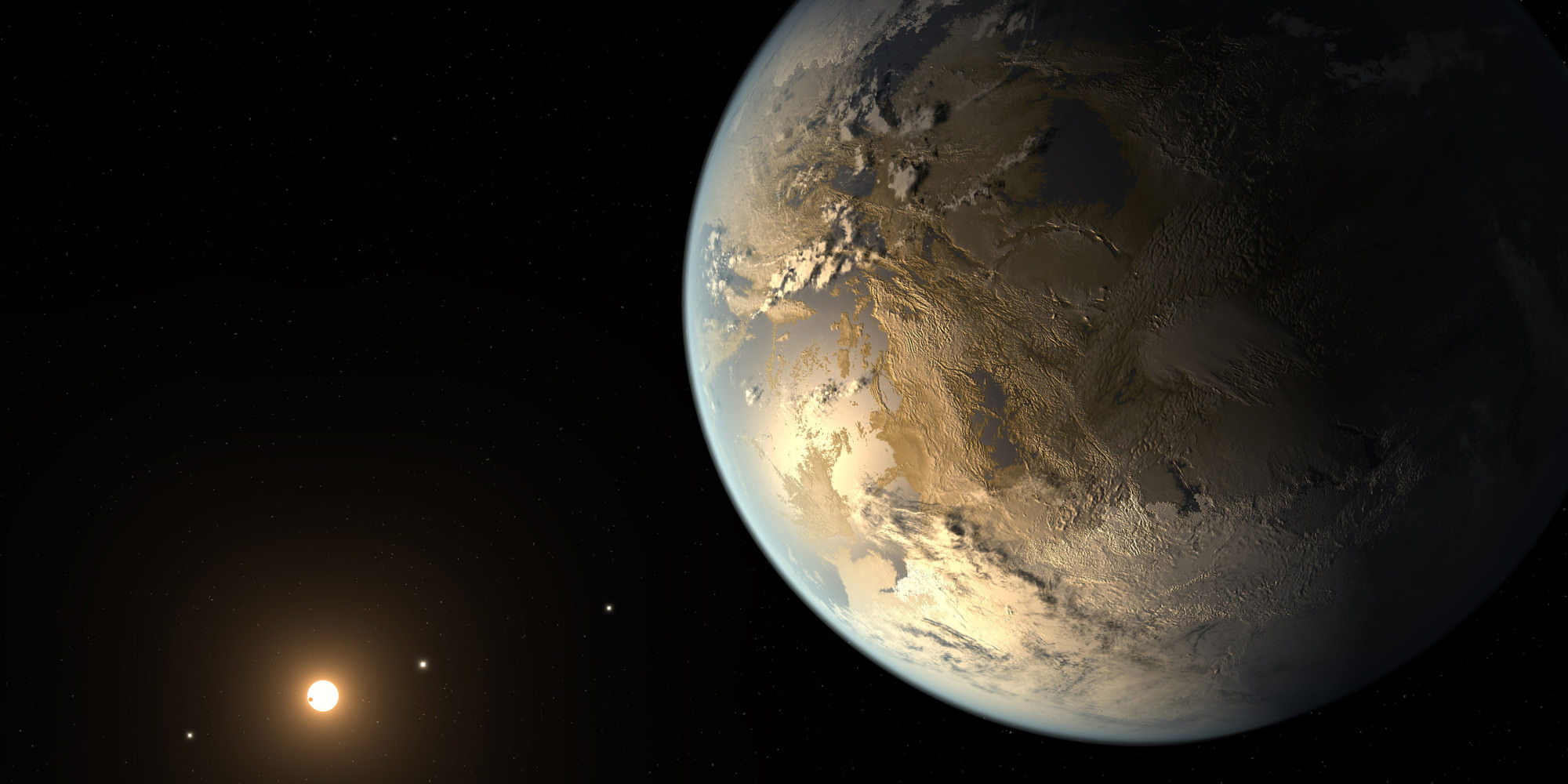
According to new study by a team from UC Santa Cruz, the right amount of radioactive elements could also be crucial to habitability.
Continue reading
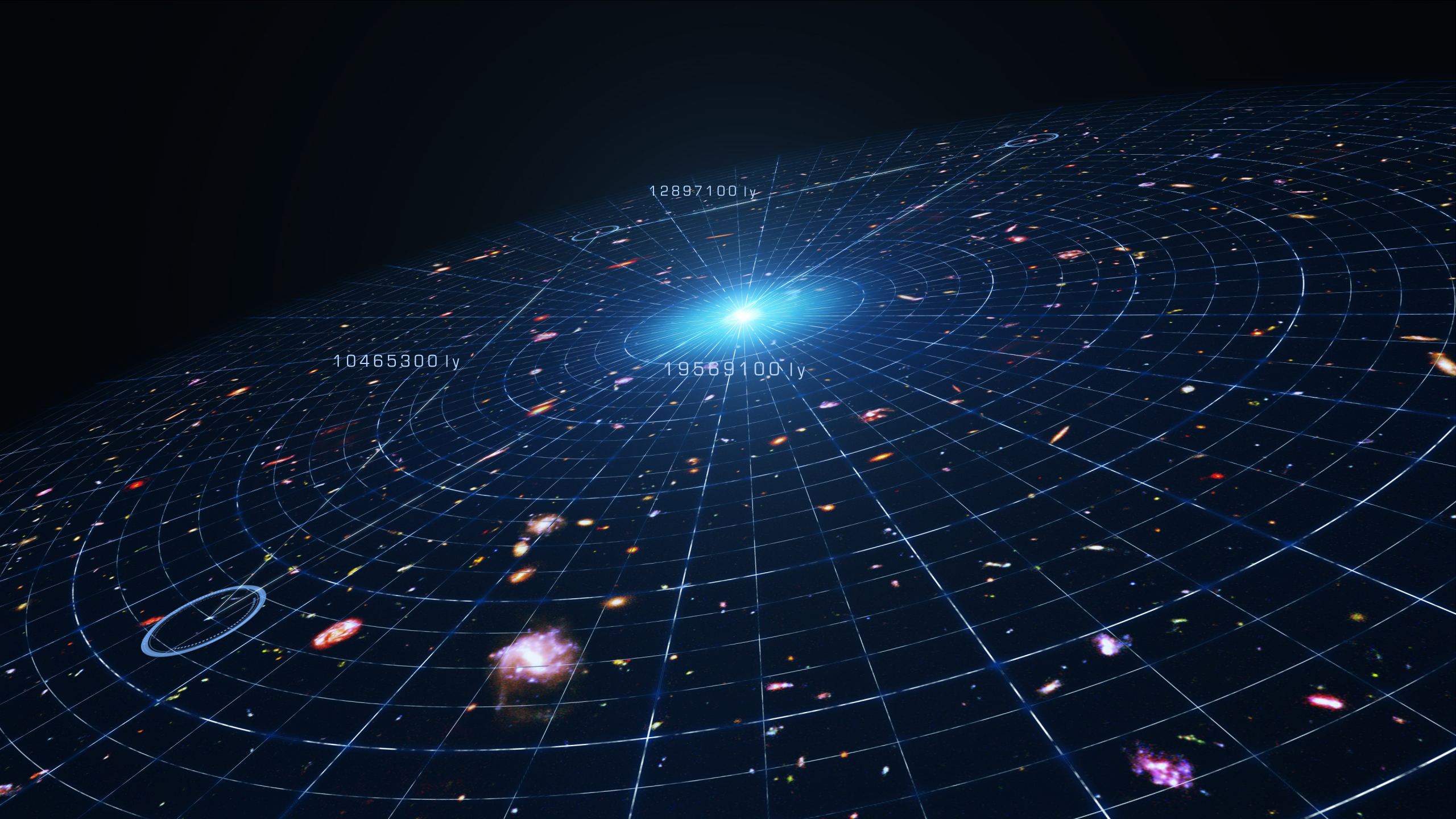
A recent study by an international team of scientists shows that the Universe is getting hotter (not cooler) with time!
Continue reading
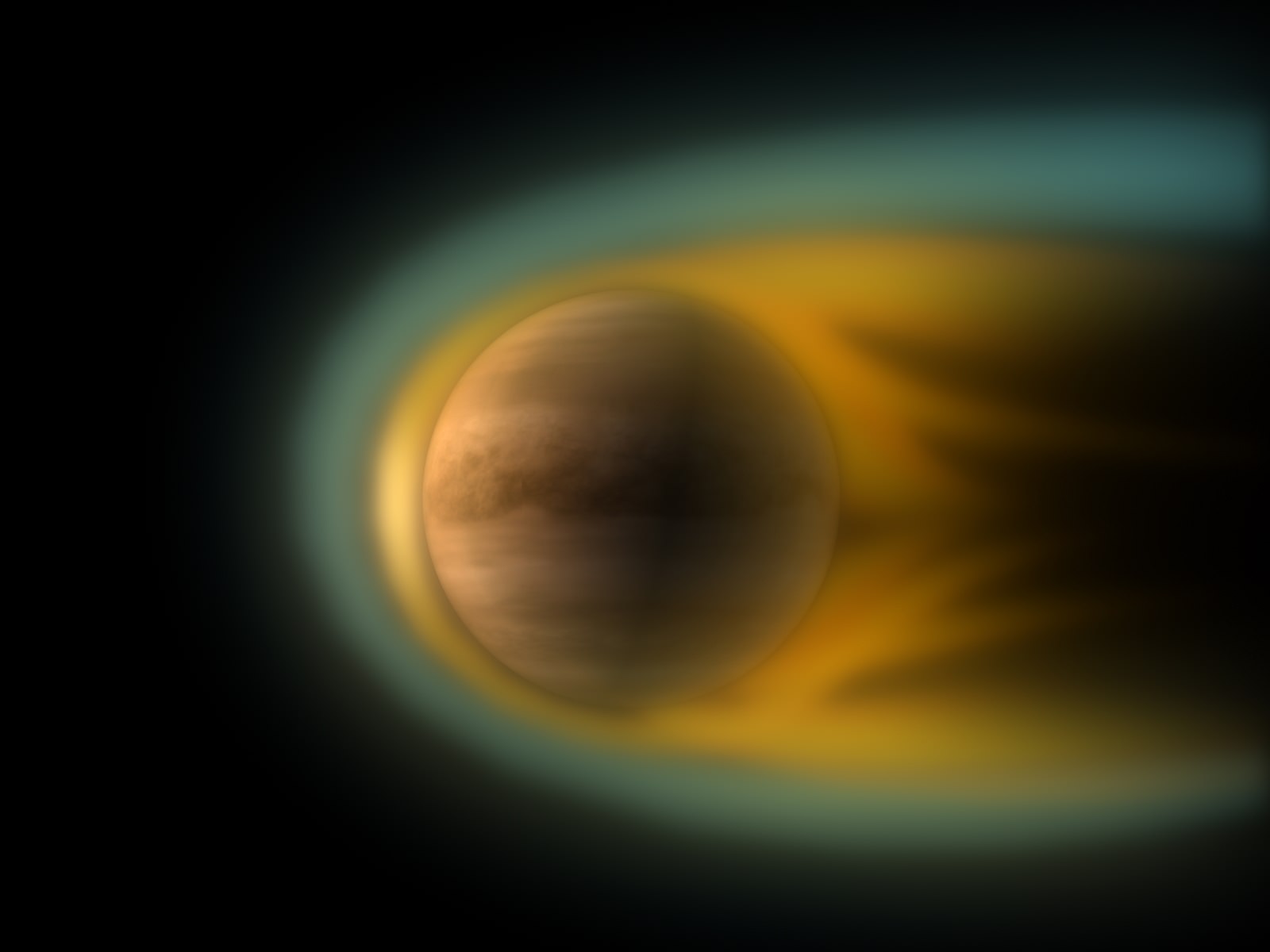
A new study by a Swedish astrophysicist shows that Venus is not likely to have lost its water to space, which raises new questions about how the planet became the hellhole it is today.
Continue reading
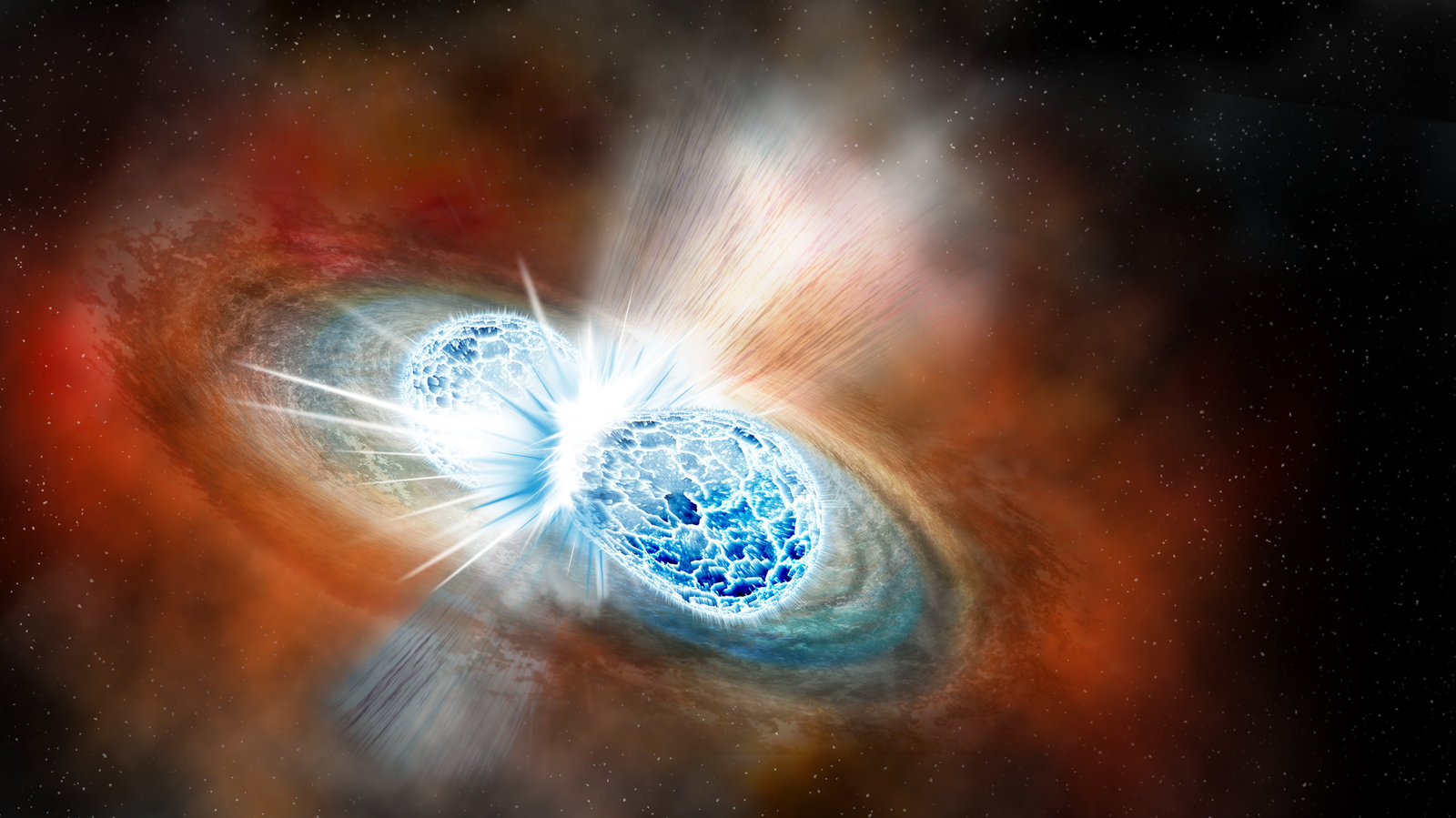
A new study looks at how neutron stars can merge to create a black hole.
Continue reading

 Universe Today
Universe Today

















